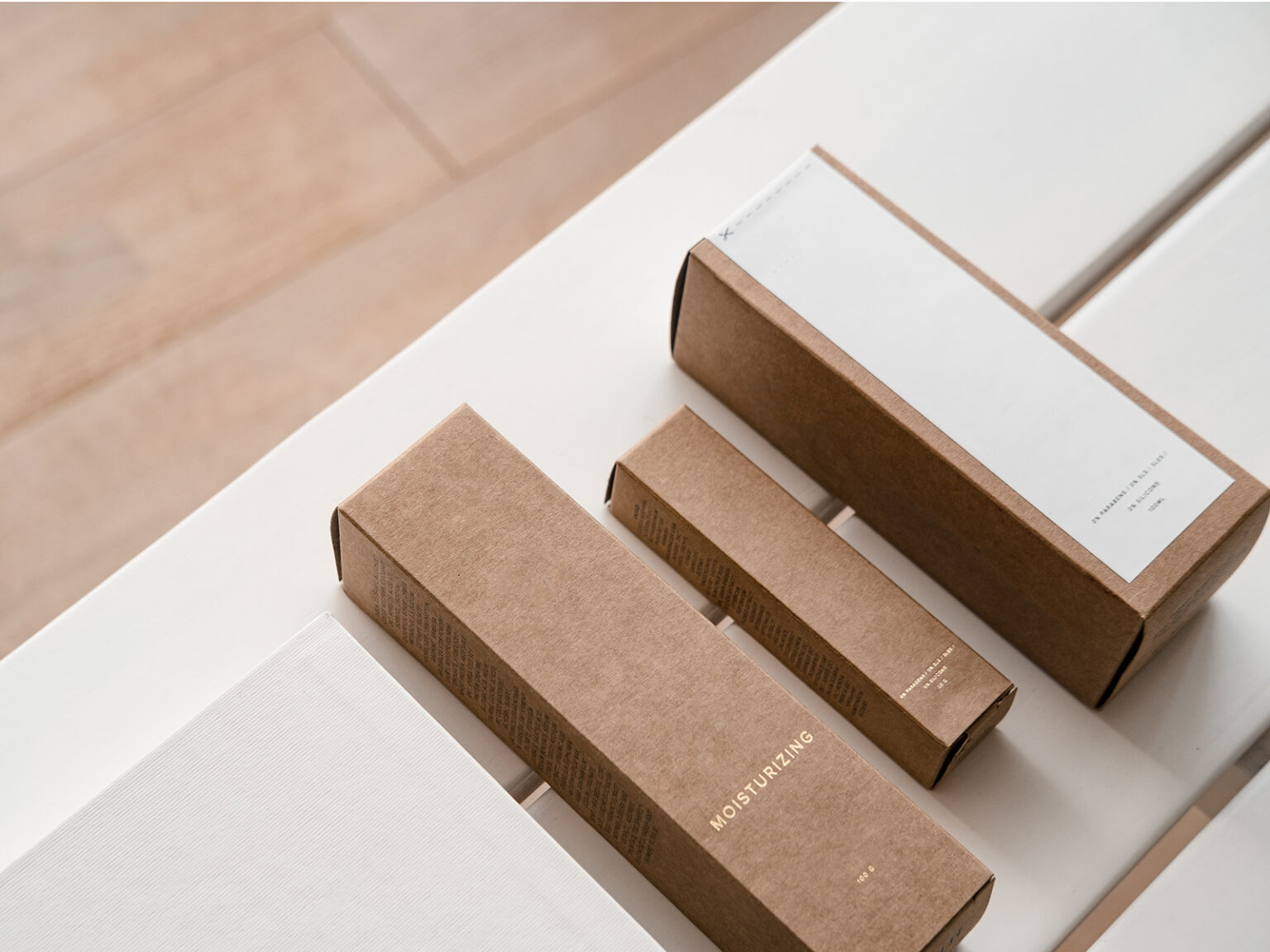They say you can’t judge a book by its cover, but can you judge a granola bar by its box?
Although brands often use intricately designed packaging to connect with consumers, new research from the University of Georgia Terry College of Business found people are willing to spend more for products in simple, even plain-seeming, packages.
So, why do consumers value simplicity in product packaging?
“Imagine there is a box of crackers with simple packaging,” said Lan Anh Ton, the lead author and a recent Ph.D. graduate from the Terry College of Business and now an assistant professor of marketing at Texas Christian University.
“When consumers view this product, the simplicity in the product packaging prompts them to assume the product has few ingredients. This perception of few ingredients leads consumers to infer the product’s core component, such as wheat flour in the case of crackers, is not mixed with other ingredients. In essence, they assume the simple box of crackers is pure and are thus willing to pay more for this product.”
Ton worked with Rosanna Smith, an associate professor of marketing at the University of Illinois Urbana-Champaign, and Julio Sevilla, associate professor of marketing at the Terry College of Business. Their paper, “Symbolically Simple: How Simple Packaging Design Influences Willingness to Pay for Consumable Products,” was published in the Journal of Marketing in July.
As part of the multi-pronged study, Ton analyzed 1,353 product packages from the largest supermarket chain in the United States. Grocery store prices are well-researched and usually set as high as consumers will bear, so price is a good way to rate customers’ willingness to spend on individual products.
She found a strong correlation between higher product prices and simple packaging, meaning consumers were placing a premium.
In addition to the price study, researchers conducted experiments asking a panel to price hand cream and crackers in plain packaging and identical products with a geometric pattern printed on packages. They also asked them to rate each product in terms of its purity or the number of added ingredients so they could understand the motive for their pricing decisions.
They found the increase in the value test subjects assigned to products with simple packaging was due to consumers assuming that simple packaging signals positive attributes of few ingredients and product purity. Product purity, or the perception that a product contains primarily essential ingredients, is increasingly desired by consumers.
“When we look at a packaging, we’re not just looking at the packaging to see if it’s pretty or not,” Sevilla said. “It’s carrying a message. One of them — in this case — is a message about ingredients … The strongest relationship we found in our data was about the symbolic meaning of simple packages. Consumers believe it means there’s a simple, healthy product inside.”
However, there were exceptions to the consumer preference for products with simple packaging designs, Smith said.
They found store-brand products are unlikely to reap the benefits from simple packaging relative to their non-store brand counterparts.
“This is because the simplicity of the product package likely aligns with consumers’ default assumption that store brands invest less in product quality,” Smith said. “Thus, the simplicity of store brand packaging likely signals the lack of investment in the product rather than positive attributes of few ingredients and product purity.”
Second, it didn’t work for foods people view as indulgences. People were only willing to pay a higher price for a plain package if they were motivated by health concerns. If they were looking for cookies, sugary cereal or ice cream, they were more attracted to and pay more for a product with an intricately designed package, Ton said.
“These consumers are willing to pay more for a product with complex packaging,” Ton said. “This is due to consumers inferring the complex package signals that the product has many ingredients and low product purity, and these attributes tend to be associated with unhealthy products, which are often considered tasty.”
These findings also hold implications for marketers. Marketers may consider using more complex designs for store-brand products, as store-brand items with simple designs are less likely to evoke positive associations. Furthermore, when the objective is communicating product tastiness, opting for complex designs can be more effective.
Products that attract health-conscious consumers should keep it simple.
“The findings speak to the importance of visual designs in shaping consumers’ product assessments,” Sevilla said. “Consumers can judge two identical products differently solely based on variations in the exterior design of their packaging. To some extent, the association made by consumers seems to matter more than what is actually inside the product.”
The post When less is more appeared first on UGA Research News.
Credit: Source link




